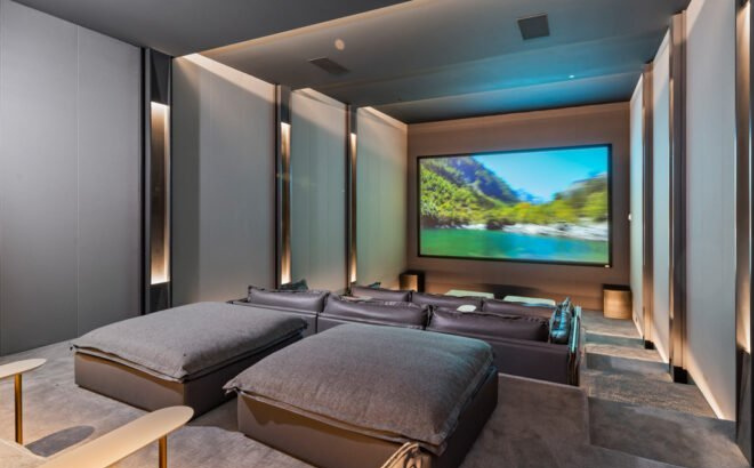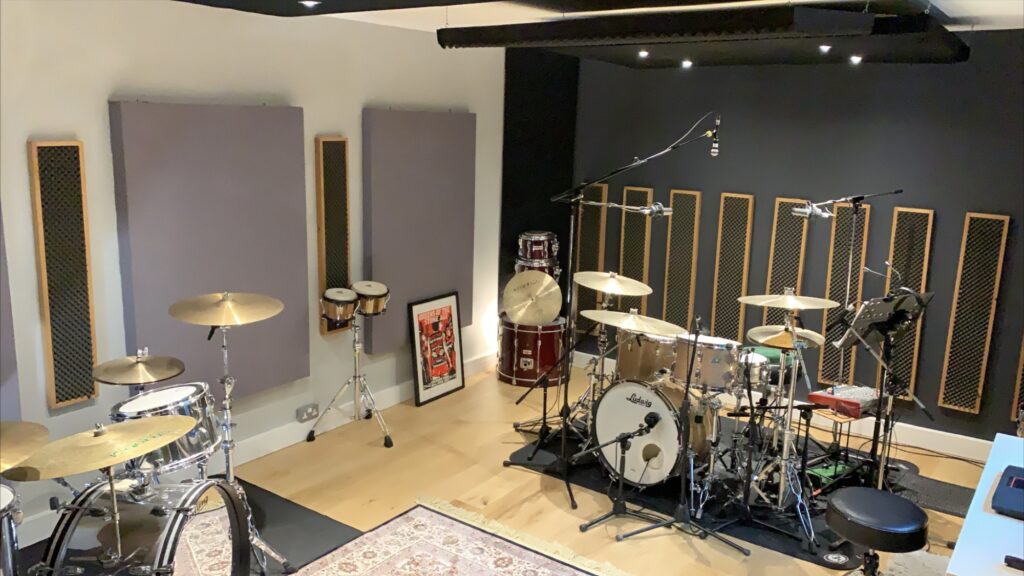Acoustic panels are essential tools in controlling reverberation and minimizing noise in various environments such as recording studios, home theaters, offices, and classrooms. Proper installation is key to maximizing their effectiveness. Here, we explore different methods for installing acoustic panels to achieve optimal sound control in any space.
4 Methods for Installing Acoustic Panels

1. Direct Mounting:
Direct mounting involves attaching acoustic panels directly to the wall or ceiling using screws, nails, or adhesive. This method offers a secure and permanent installation solution.
Here’s how to do it:
- Start by determining the ideal placement of the panels to target the primary reflection points and areas with the most significant sound issues.
- Use a level to ensure the panels are aligned correctly.
- Mark the mounting points on the wall or ceiling.
- Drill pilot holes if necessary to prevent damage to the panels.
- Attach the panels using screws, nails, or adhesive according to the manufacturer’s instructions.
2. Impaling Clips:
Impaling clips are specialized mounting hardware designed for easy installation of acoustic panels. These clips feature sharp metal prongs that penetrate the back of the panel, allowing for quick and secure mounting.
Follow these steps for installation:
- Attach the impaling clips to the wall or ceiling at the desired locations.
- Align the acoustic panel with the clips and gently press it onto the prongs, allowing them to penetrate the panel.
- Apply pressure to ensure a firm attachment.
3. Z-Clips:
Z-clips are another popular mounting option for acoustic panels. These clips consist of interlocking metal brackets that provide a secure hold while allowing for easy removal and reinstallation.
Here’s how to use them:
- Install one half of the Z-clip onto the back of the acoustic panel and the other half onto the wall or ceiling.
- Align the panel with the clips and slide it into place, allowing the brackets to interlock securely.
4. Adhesive Mounting:
Adhesive mounting offers a convenient and non-invasive installation method, particularly for lightweight acoustic panels. High-strength adhesive tapes or velcro strips can be used to attach the panels to the wall or ceiling.
Follow these steps:
- Clean the mounting surface thoroughly to ensure proper adhesion.
- Apply adhesive strips or tape to the back of the panel according to the manufacturer’s instructions.
- Press the panel firmly onto the wall or ceiling, ensuring it is properly aligned.
Contact Waseem Technical Soundproofing Expert in Dubai For Acoustic Panels: +971 50 209 7517
FAQs
Can acoustic panels be installed on any surface?
Acoustic panels can be installed on various surfaces, including drywall, concrete, wood, and metal. It’s essential to choose the appropriate mounting method and hardware based on the surface material.
How many acoustic panels do I need for my room?
The number of panels required depends on the size of the room, its acoustic properties, and the desired level of sound control. A professional acoustic consultant can help determine the optimal placement and quantity of panels.
Can I install acoustic panels myself, or do I need professional assistance?
While some installation methods are DIY-friendly, such as adhesive mounting or impaling clips, complex installations may require professional assistance to ensure proper placement and maximum effectiveness.
Do acoustic panels need to cover the entire wall or ceiling to be effective?
While covering the entire surface can provide comprehensive sound control, strategically placing panels at primary reflection points and areas with the most significant sound issues can still yield significant improvements in acoustic quality.
Are there specific considerations for installing acoustic panels in humid environments?
Acoustic panels designed for humid environments or outdoor use typically feature moisture-resistant materials and specialized mounting hardware to withstand moisture and ensure long-term durability. It’s essential to choose panels specifically suited for such environments.




